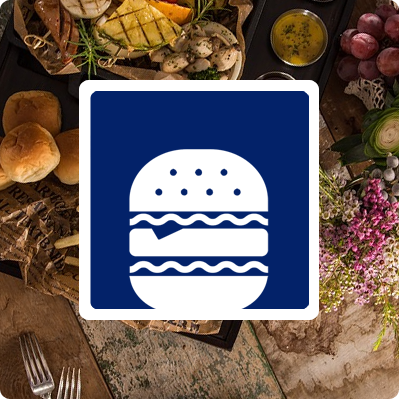Het arrangement Thema Food and drink - hv12 is gemaakt met Wikiwijs van Kennisnet. Wikiwijs is hét onderwijsplatform waar je leermiddelen zoekt, maakt en deelt.
- Auteur
- Laatst gewijzigd
- 2025-05-11 09:54:23
- Licentie
-
Dit lesmateriaal is gepubliceerd onder de Creative Commons Naamsvermelding-GelijkDelen 4.0 Internationale licentie. Dit houdt in dat je onder de voorwaarde van naamsvermelding en publicatie onder dezelfde licentie vrij bent om:
- het werk te delen - te kopiëren, te verspreiden en door te geven via elk medium of bestandsformaat
- het werk te bewerken - te remixen, te veranderen en afgeleide werken te maken
- voor alle doeleinden, inclusief commerciële doeleinden.
Meer informatie over de CC Naamsvermelding-GelijkDelen 4.0 Internationale licentie.
Aanvullende informatie over dit lesmateriaal
Van dit lesmateriaal is de volgende aanvullende informatie beschikbaar:
- Toelichting
- Dit thema valt onder de arrangeerbare leerlijn van de Stercollecties voor Engels voor havo en vwo, leerjaar 1 en 2. Dit is thema 8 'Food and drink'. Het thema omvat de volgende onderwerpen: Going out to dinner, Meals and drinks, Fruit and veg en Fast food. Binnen de grammatica wordt in dit thema ‘simple present’, ‘present continuous’, 'voltooid deelwoord' en 'bezittelijk voornaamwoord' behandeld.
- Leerniveau
- VWO 2; HAVO 1; VWO 1; HAVO 2;
- Leerinhoud en doelen
- Engels;
- Eindgebruiker
- leerling/student
- Moeilijkheidsgraad
- gemiddeld
- Studiebelasting
- 9 uur 30 minuten
- Trefwoorden
- arrangeerbaar, engels, fast food, food and drink, fruit and veg, going out to dinner, hv12, meals and drinks, stercollectie
Gebruikte Wikiwijs Arrangementen
VO-content - Toetsen. (z.d.).
Engels hv123 D-toetsen

 Welcome to the eighth theme of English
Welcome to the eighth theme of English You have just started the theme Food and drink.
You have just started the theme Food and drink.


 In this theme you will focus on the following 'can do' statements.
In this theme you will focus on the following 'can do' statements. In this theme you are going to do the following things:
In this theme you are going to do the following things: Hieronder vind je de vier blokken die horen bij dit thema.
Hieronder vind je de vier blokken die horen bij dit thema. Je hebt de blokken van het thema 'Food and drink' doorgewerkt.
Je hebt de blokken van het thema 'Food and drink' doorgewerkt.

 You started this theme you with a test in the section Need do know.
You started this theme you with a test in the section Need do know.
